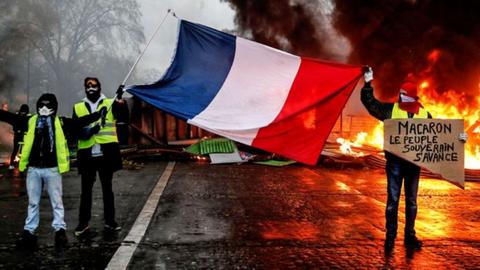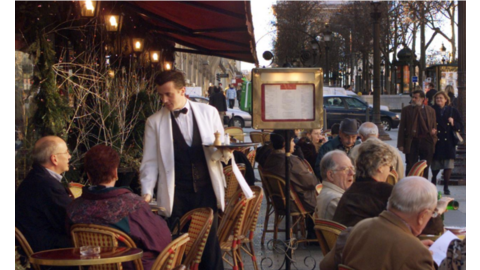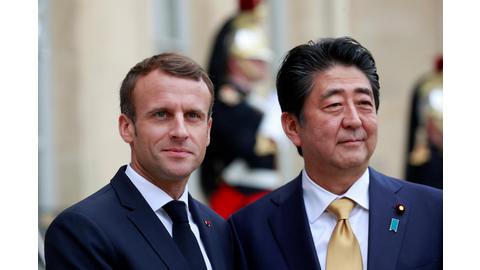Foreign investment: France is starting to catch up its delay

The number of projects has increased by 30% in 2016, more than in Germany or Great Britain, according to the firm EY.
The public survey began on Monday (May 22nd). For a month, the inhabitants of Brétigny-sur-Orge, in Essonne, are asked to give their opinion on the new giant project of Amazon. The American leader of distribution, especially books, wants to build a huge warehouse on the former military air base of Brétigny, closed since 2012.
Amazon sees very large: the future logistics complex, organized around two buildings, "is designed to accommodate 2,200 people simultaneously," says the document submitted for consultation. It should operate 24 hours a day, in three teams, provided the group is authorized to remove this platform from the ground, its sixth in France and its first in the Paris region.
The Amazon case is not isolated. In France, no fewer than 779 projects for the construction or extension of warehouses, factories, head offices, research centers, etc. have been announced by foreign investors in 2016, according to a published study Tuesday 23 May by the consulting firm EY. This is 30% more than in 2015. "France had never hosted so many international settlements for at least ten years," said Marc Lhermitte, one of the authors of the study.
A spectacular wave in Europe
Above all, they show that after losing for years, "France is starting to catch up with other European countries," says Lhermitte.
In 2016, France benefited more than others from the spectacular wave of investments recorded in Europe. Overall, some 5,845 projects were surveyed in the 43 countries studied by EY (including Russia and Turkey), a 15% jump in one year.
Half of the projects are from European groups that are spreading in another country on the continent, such as the Swiss Nestlé, which is about to invest 37 million euros to boost capacity at its Nescafé plant in Girona, Spain. The other half of the investment comes from American, Chinese, etc. The result is the creation of 260,000 jobs, an historic record.
"Europe has regained the confidence of investors," analyze the experts of EY, who put forward a series of explanations. More particularly, the growth of the internal market, which is around 1.5% to 2% per year in the euro area, and the relative weakness of the euro against the dollar, which supports the competitiveness of the countries concerned.
In France, "dynamics begun"
Great Britain remains the first country to benefit from the movement. In this "big Europe", GB still captures one project out of five. But since the vote on the Brexit in June 2016, several turn signals have gone on. The total number of investments increased by only 7% last year, less than the European average. And specifically for head offices and research centers, the number of locations has fallen from 30% to 40% in one year.
While Germany keeps its solid second place on the podium, France, on the third step, regained ground. In recent years, it has attracted an increasingly small proportion of EY's Foreign Investments in Europe.
From 16% in 2006, its "market share" had fallen to 12% in 2015, its lowest level in history. It rose to 13% in 2016. "Dynamics begun", linked to the economic recovery and a renewed confidence in public policies, more favorable to companies, says Lhermitte .
The phenomenon is driven by projects in the tertiary sector and logistics, such as Amazon's in Brétigny-sur-Orge, but also by the German Zalando in Moissy-Cramayel (Essonne), or by FedEx Americans in Roissy (Val -d'Oise) and UPS in Lyon and Evry (Essonne).
Few projects in the industry
On the industrial side, however, construction sites remain rather scarce (212 in 2016 as in 2015). Above all, 80% of the cases are extensions of existing sites and projects creating few jobs.
"France is known for its start-up policy and its capacity for innovation, and Paris is one of the most attractive European capitals, but the series of handicaps remains strong," said Lhermitte. The catching up begins to show the way ahead. "


